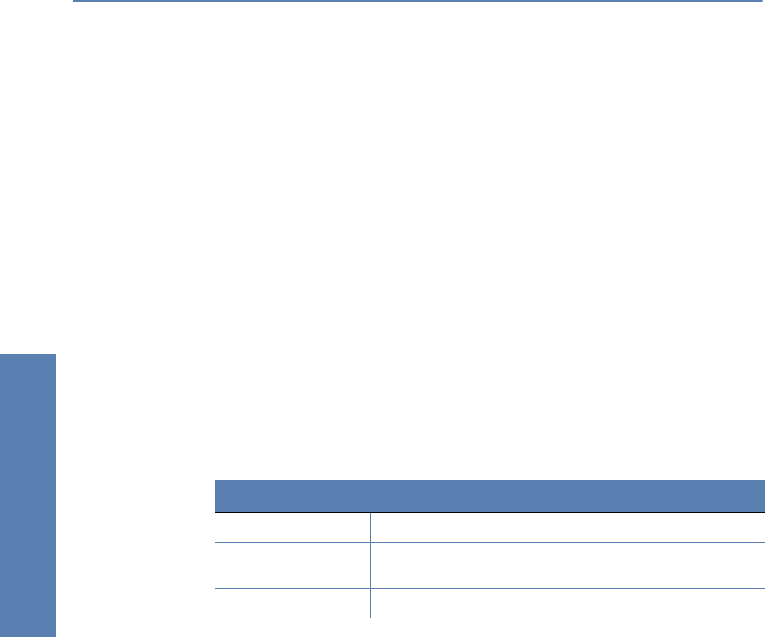
LANCOM Reference Manual LCOS 3.50 ̈ Chapter 6: Security
60
Security
Checking the number
When a call is placed over an ISDN line, the caller's number is normally sent
over the D channel before a connection is even made (CLI – Calling Line Iden-
tifier).
Access to your own network is granted if the call number appears in the
number list, or the caller is called back if the callback option is activated. If
the LANCOM is set to provide security using the telephone number, any calls
from remote stations with unknown numbers are denied access.
You can use call numbers as a security measure with any B-channel protocol
(layers).
6.2.2 Callback
The callback function offers a special form of access privilege: This requires the
'Callback' option to be activated in the name list for the desired caller and the
call number to be specified, if required.
Using the settings in the name and number list and the selection of the pro-
tocol (LANCOM or PPP), you can control the callback behaviour of your router
:
̈ The router can refuse to call back.
̈ It can call back using a preset call number.
̈ First the name can be checked and then a preset telephone number can
be called back.
̈ The caller can opt to specify the call number to be used for callback.
And all the while you can use the settings to dictate how the cost of the con-
nection is to be apportioned. The router accepts all unit charges, except for
the unit required to send the name, if call back 'With name' is set in the name
list. The caller also accepts a unit if the caller is not identified via CLIP (Calling
Line Identifier Protocol). On the other hand, the caller incurs no costs if iden-
tification of the caller's number is possible and is accepted (callback via the D
channel).
Configuration tool Run
LANconfig Communications ̈ Remote site ̈ Name list (ISDN)
WEBconfig Expert configuration ̈ Setup ̈ WAN module ̈
ISDN-name-list
Terminal/Telnet
/Setup/WAN-module/Name list


















